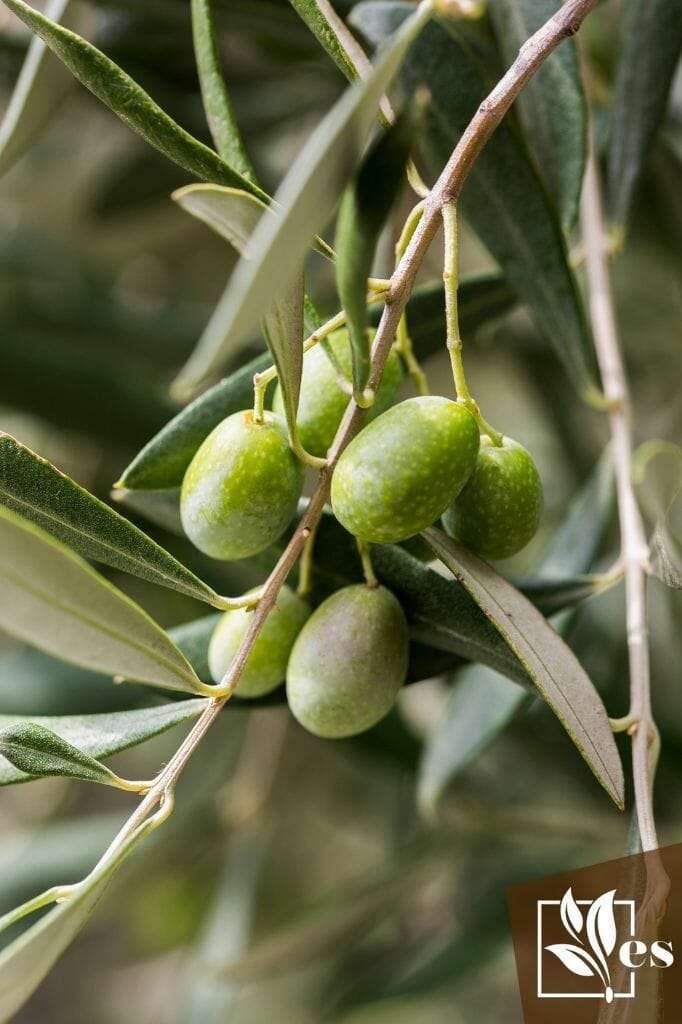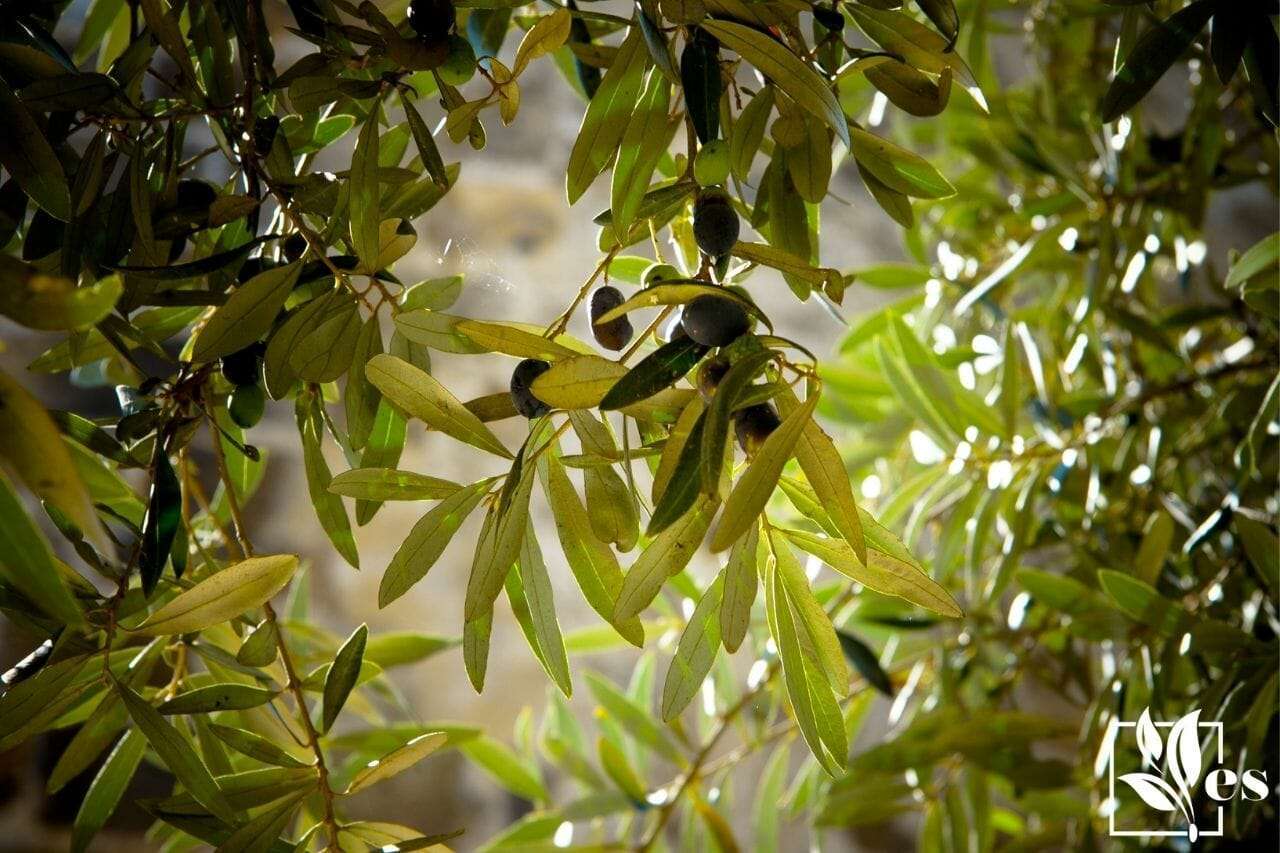 Your olive tree losing leaves can be a major or minor issue depending on the reason. Some reasons why your tree may be losing leaves include insufficient light, olive knot, and transplant stress.
Your olive tree losing leaves can be a major or minor issue depending on the reason. Some reasons why your tree may be losing leaves include insufficient light, olive knot, and transplant stress.
Continue reading so that you can easily fix your olive trees as this informative article contains solutions to the problem.
JUMP TO TOPIC
Why Is My Olive Tree Losing Leaves?
Your olive tree leaves falling off can indicate that your plant is not receiving sufficient light, the temperature is too low, your plant has water problems, is diseased, stressed, or may just be undergoing a natural life phase.
How do these factors affect olive trees? Let us briefly consider each of them:
– Insufficient Light
This is a very common reason, especially for newly purchased or transplanted trees. Your olive trees may shed their old leaves to produce new leaves that are suitable for the new lighting condition. Garden shops and nurseries grow their trees having appropriate lighting conditions, that’s why you need to make sure that your trees have sufficient light.
Aside from leaves falling off olive tree, one way to tell that your trees need more light is if the new leaves appear pale and the tree is growing in only one direction.
– Low Temperatures
Young olive trees cannot tolerate low temperatures and they tell you that the temperature is too low by shedding their leaves. Your plants can also shed their leaves if you do not store them well in winter, hence you need to consider their location when the temperature is getting low.
If your plants are shedding leaves in winter, they are too young for the temperature of the room they are growing in. You can tell that low temperature is the problem if fresh green leaves that do not look weak are falling off the olive tree.
– Dehydration
Another common reason why your olive trees are shedding leaves is dehydration. When you do not give enough water to the growing plant, it will shed leaves and wither. You can easily tell that your trees are suffering from dehydration when the leaves are turning yellow and withering before falling.
Dehydration is a common cause of olive tree dying, that’s why understanding your tree water requirements as well as giving it just the right amount of water is key.
– Root Rot
Should you give your olive trees too much water as dehydration can kill them? No, you should not. Giving your trees more than enough water can lead to a fungi attack that can cause root rot. Root rot occurs when the roots of your olive trees start to suffocate and die out.
When your olive tree has lost a significant number of roots, the leaves will show some signs of developing brown patches and falling from the tree. Note that if your olive tree leaves are falling when you constantly water the tree, you should know that you are overwatering it.
– Olive Knot
Olive knot is a disease caused by bacteria that enters your olive trees from a cut, crack or wound. Olive knots grow to become gulls up to 2 inches thick, as they can block the passage of water in your olive trees and cause the leaves to suffer from dehydration even if you are properly watering the tree.
This disease can cause your olive tree leaves to fall and you can tell that your plant is diseased if more leaves are falling from a particular branch or region than others. If the situation of your olive tree dropping leaves started after a cut or wound, then there is a high chance that the tree has an olive knot or other similar diseases.
– Transplanting Stress
Trees react to stress just like people do. Moreover, transplanting trees to a new environment with a different temperature, light intensity, humidity, and moisture can cause various signs of stress including falling leaves. Another reason for the stress after transplanting could be damaged roots.
When transplanting your olive trees, be gentle with the soil because you can easily damage plant roots during transplanting. Also, if you are transplanting the tree to a new environment, mimic its former environment for a few weeks before introducing it fully into the new environment.
– Natural Life Phase
Remember that olive trees can shed their leaves in low temperatures. This means that you should not worry too much when your trees are shedding leaves in winter as the leaves will grow back in the coming spring. Note that it is common for olives to shed leaves once a year especially when you grow them in cold regions.
Knowing why your olive tree is losing leaves is important and it is the first step to help the plant in growing new leaves. What else can you do to help your olive trees regrow their leaves or try to prevent them from losing leaves in the first place?
How To Fix it?
It can be disheartening if you find your indoor olive tree dropping leaves. Not to worry, you can prevent this or help your tree so that it does not die after shedding its leaves. Here are some ways to help your olive trees:
– Examine the Roots of Your Young Olive Trees
You should remove your olive tree from the pot to check the roots. By examining the roots, you can tell if the plant is diseased or not and even change the potting mix if need be. To remove the plant from the pot, gently loosen the soil before removing the plant.
Try not to damage your olive tree roots when removing them from the potting mix. You can easily identify damaged roots by their colors as damaged roots will appear darker than healthy roots. Damaged roots can also stink and host fungi and maggots.
You should prune off every damaged root that you can find and rinse the entire root system with running water. When the root system is dry, transfer the olive tree into a new appropriate pot and potting mix. You can also apply some soil amendment products to the pot before you transfer the plant.
– Pay Attention to Your Olive Lighting Needs
Something special about olive trees is that they can use as much light as they can receive. Unlike some plants which you need to shield from the afternoon summer sun, olive trees can have it all. You should keep your olive trees in a location where they can receive at least six hours of direct sunlight.
Keeping your trees in the south-facing parts of your home can do the trick. For young olive trees, you can grow them under a grow light in winter or whenever there is not sufficient sunlight. Keep in mind that every olive tree will appreciate the direct sun even if you grow them under grow lights.
– Properly Water Your Olive Trees
The best way to water your olive trees is to wait until the first two to three inches of soil is dry before you water the tree. Olive trees need regular watering, but not consistently moist soil. According to the age of your olive trees as well as the size of the pot, you may be watering them once or twice weekly.
Make sure that the soil or potting mix is well-drained so that excess water can quickly flow out. You can mist water on the leaves of your olive trees to keep them fresh. Do not mist them until they start dripping with water as it can lead to various leaf diseases.
– Buy Young Olives When the Temperature Is Just Right
Remember that olive trees do not like low temperatures. Garden shops, as well as nurseries, grow their trees in suitable temperatures, so you should mimic that environment when you take your plants home. The optimum temperature range for olive trees is 60-68 degrees Fahrenheit.
You should never expose your young olives to temperatures lower than 45 degrees Fahrenheit as they do not tolerate low temperatures. You should wait till mid-spring or summer before you buy your olive trees as the temperature may be too cold in late winter or early spring.
– Amend Soil Properly Before Introducing New Plants

If you previously grew an olive tree or other similar trees in the same spot where you want to grow a new olive tree, you should properly amend or replace the soil before you introduce the plant. There could be harmful bacteria or fungi in the soil and they can be harmful to young olive trees.
It is best to replace the soil or potting mix but to prevent wasting resources, you can amend the substrate by baking it to help sterilize it and also adding organic materials such as rotted manure and compost. Make sure that a substrate is good as new before introducing new plants into it.












